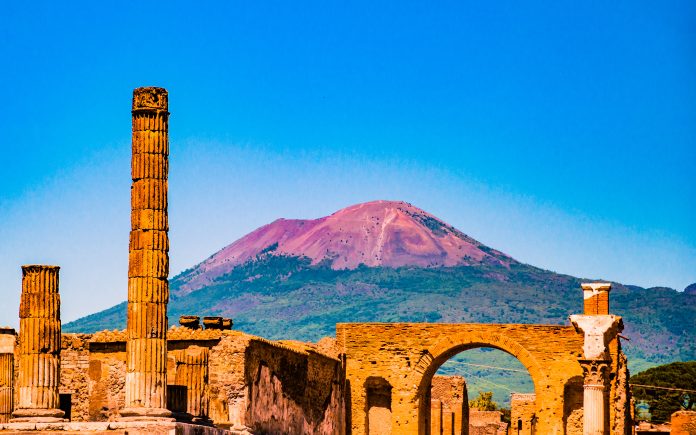
Vesuvius Day
August 24
Before the devastating eruption of 79 AD, the inhabitants of Pompeii had no idea they lived beside a volcano since it hadn’t erupted in around 1,800 years. In comparison, it’s been very active since, having erupted 6 times in the 18th-century, 8 times in the 19th-century and 3 times in the 20th-century. It last erupted in 1944. Following the devastating eruption, it was named after the Roman God of the Flame and Metal Forgery – Vulcan. At about midday on August 24th in the year 79, Mount Vesuvius began to erupt. The first stage of eruption featured a blast that sent pumice stones thousands of feet into the air. These stones then fell like rain upon the surrounding towns, steadily burying them for roughly 5 hours. The second stage of the eruption occurred about 17 hours later when a ferocious pyroclastic flow poured from the volcano, covering Pompeii and Herculaneum in a thick layer of smoldering debris in a matter of minutes.

Shooting Star Night
August 24
Shooting stars are not stars at all! They are small rocks and dust that shoot through space towards the Earth called meteoroids or meteorites. Shooting stars are extremely fast, reaching speeds of over 120,000 miles per hour! The temperature of a shooting star is around 3,000 degrees Fahrenheit. The colors of a shooting star may also indicate the minerals that make up the space rock. Different elements emit different-colored light when they burn. Iron, one of the most common elements found in meteors, glows yellow. Shooting stars occur all the time, even during the day, but obviously, the best time to see one is at night.
Today’s Birthdays of Note….
Dave Chappelle – Comedian – born in Washington, DC
Vince McMahon – Wrestling Promotor/WWE – born in Pinehurst, North Carolina






